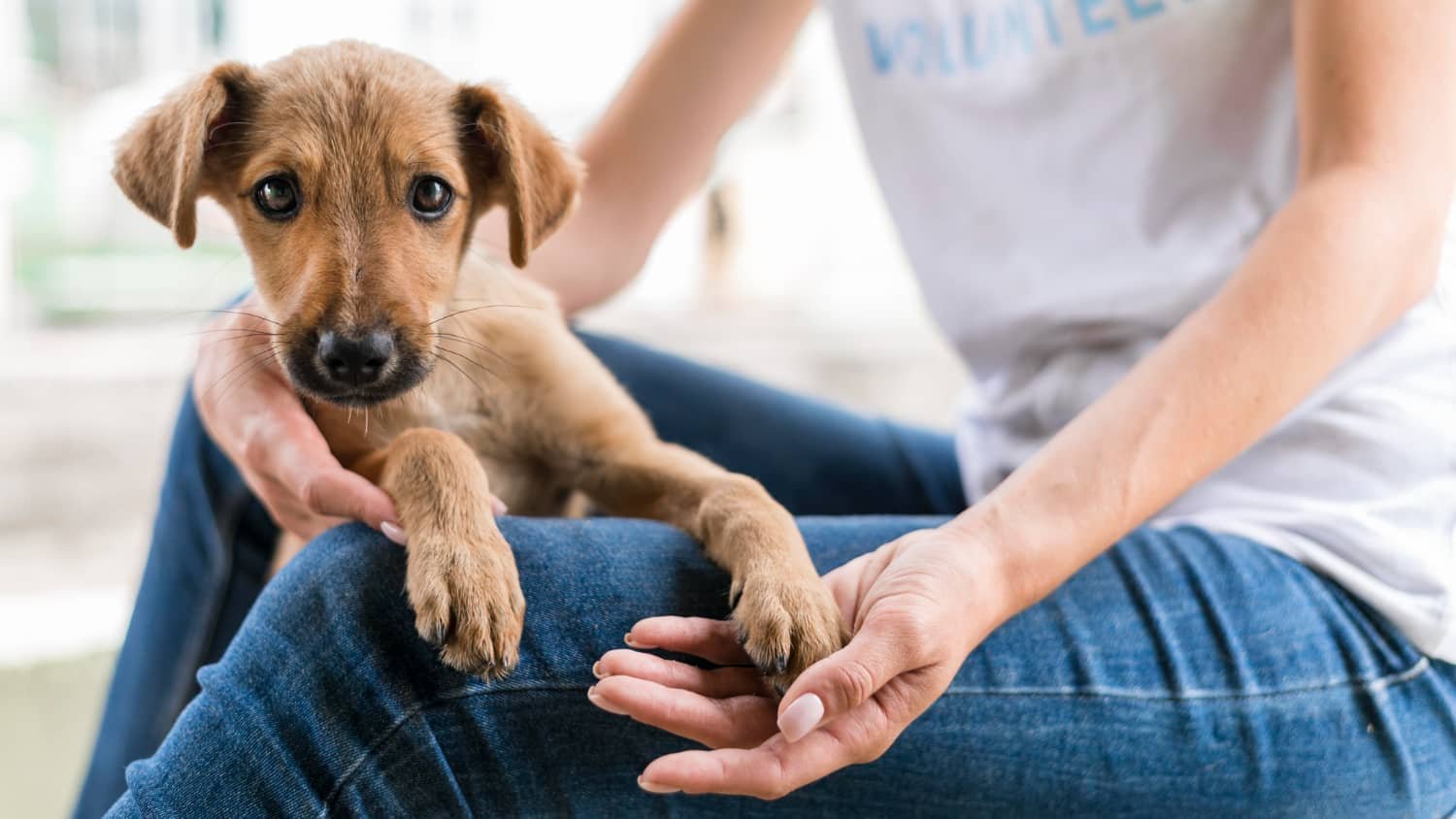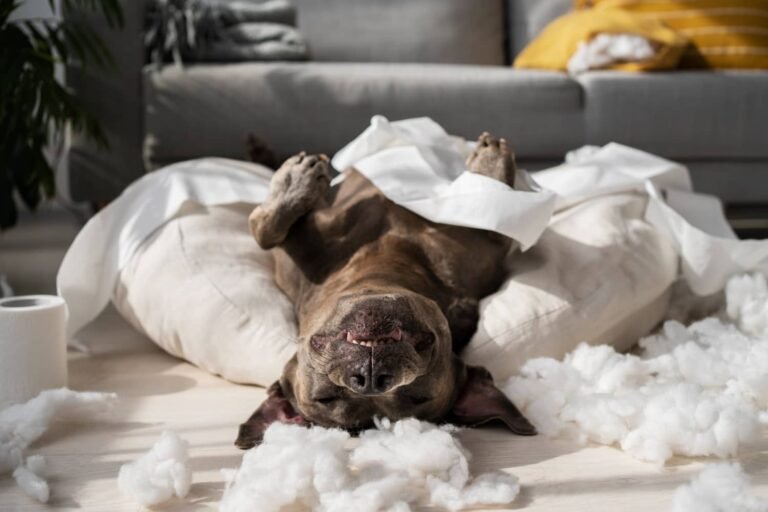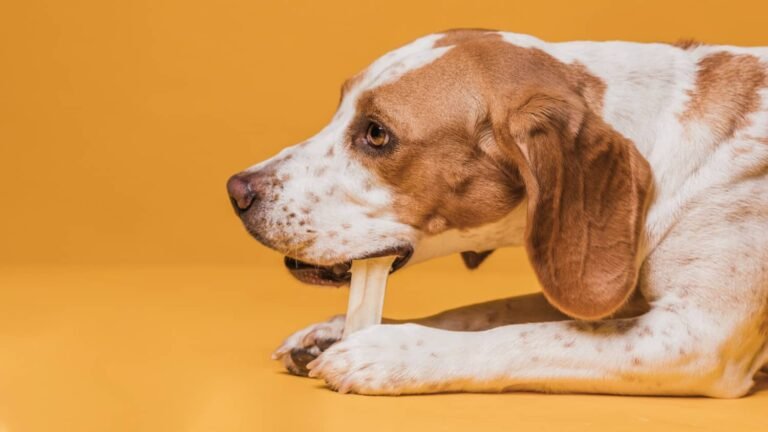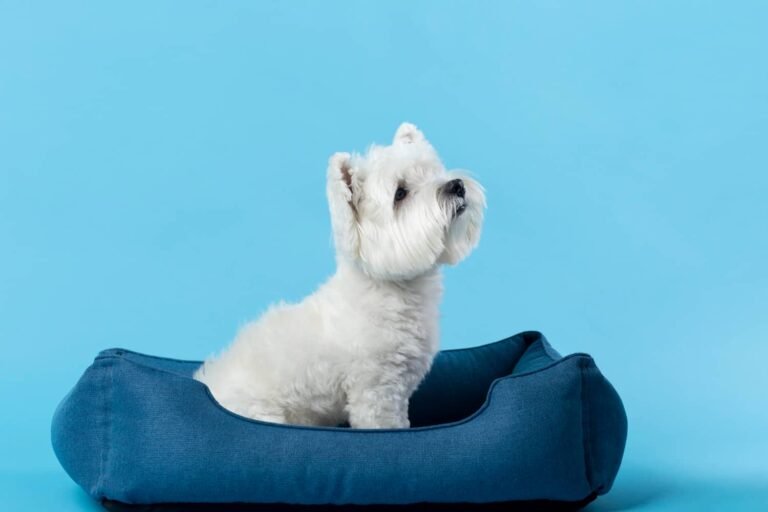Both quarantine and socialization are equally important
In this matter, each side carries its own responsibility: the veterinarian’s task is to prevent the spread of dangerous pathogens and protect the puppy’s life. It is indeed risky for a puppy with an undeveloped immune system to walk on the ground. The trainer’s task is to prevent behavioral problems in the future, which undoubtedly makes life easier for the owner, their dog, and society as a whole. And this is also absolutely necessary.
So how can we socialize a puppy without exposing them to risks?
First, let’s understand what socialization is. It is the process of introducing a puppy to the external world. The nervous system learns to perceive new things, and reactions to external stimuli are formed. The main goal of socialization is to provide the dog with a positive experience of interacting with the environment. Let’s explore how we can give them this experience without going for walks outside.
What to do at home
Socialization is not just about interacting with people and other animals; it also involves introducing the puppy to different shapes, sizes, smells, sounds, tastes, colors, materials, and surfaces. Here is a list of things you can do at home to promote your puppy’s development.
Provide different surfaces for walking
For example, lay down orthopedic mats with various textures on the floor. This will stimulate and exercise their proprioception.
Offer toys of different shapes and materials
Let your puppy have a variety of toys with different densities and textures, such as soft, hard, rubber, and chewable toys. However, avoid toys that are too hard as they can risk damaging their teeth. Always ensure safety by supervising playtime, and all toys should be sturdy and larger than the puppy’s open mouth.
Play “Sniff the Purchases”
Let your dog sniff safe items you’ve purchased from the store. This is a great ritual for exploring scents from the outside world.
Treat with small portions of approved food
It is believed that dietary variety also positively influences socialization and prevents future picky eating. However, remember to consider the list of dangerous foods and your puppy’s specific health requirements.
Introduce the puppy to different sounds
Turn on various household appliances (starting with low settings and away from the puppy to avoid frightening them). Use music, nature sounds, and toys that make gentle sounds, such as rattles.
Avoid isolating the puppy in a kennel
Instead, secure dangerous objects that they cannot reach. Cover wires and areas where they can accidentally get stuck (under the bathtub, behind the toilet, between the bed and the wall, near other furniture), and remove cosmetics and household chemicals. Remember that puppies explore the world with their mouths, so do not leave anything that is not intended for them, but provide legal and safe items for exploration.
Give the puppy small tasks they can accomplish
Encourage him to climb over obstacles, unravel paper with treats, enter a large box, find pieces of treats on the floor in the room, and so on. Light mental challenges will positively contribute to their development.
Invite guests over
Occasionally invite guests to show your dog that there are people of different genders, ages, and wearing different clothing (for example, a person wearing a hat or glasses may be perceived differently by the dog). Inform your guests about how to interact properly with your dog. The best approach is to calmly introduce themselves, use polite body language, allow the dog to sniff them, and then go about their own business—watch a movie or have a cup of tea. Avoid crowding the dog or giving too much focused attention.
Take walks in your arms

Take your puppy outside while carrying them in your arms so they can observe other dogs, cats, birds, pedestrians, utility workers, and listen to the sounds of the surrounding environment. If you have a closed-off area in your garden or backyard, it would be good to allow the puppy to walk on the grass, snow, sand, or gravel.
Take car rides
You can also introduce your puppy to the car and public transportation by taking short trips. Ensure a comfortable space in the car to make the ride enjoyable.
Visit the veterinarian
Schedule visits to the veterinarian to create positive associations with the clinic. Let the doctor offer treats and gently examine the dog.
Remember the balance of stimulation
Socialization should be gentle and considerate of the dog’s nervous system. It’s easy to overwhelm a puppy with too much information since everything in the world is new to them. To determine how much additional stimulation to provide your dog, observe their body language and recognize signs of stress in a timely manner. Maintain a balance between stimulation and rest, and keep in mind that puppies need more sleep than adult dogs.
Our goal is not to expose the puppy to every possible stimulus in the world, but rather to teach their nervous system how to cope with new information. As your dog grows, they will apply this experience to the unknown and unusual with the same ease as they did during their puppyhood!






